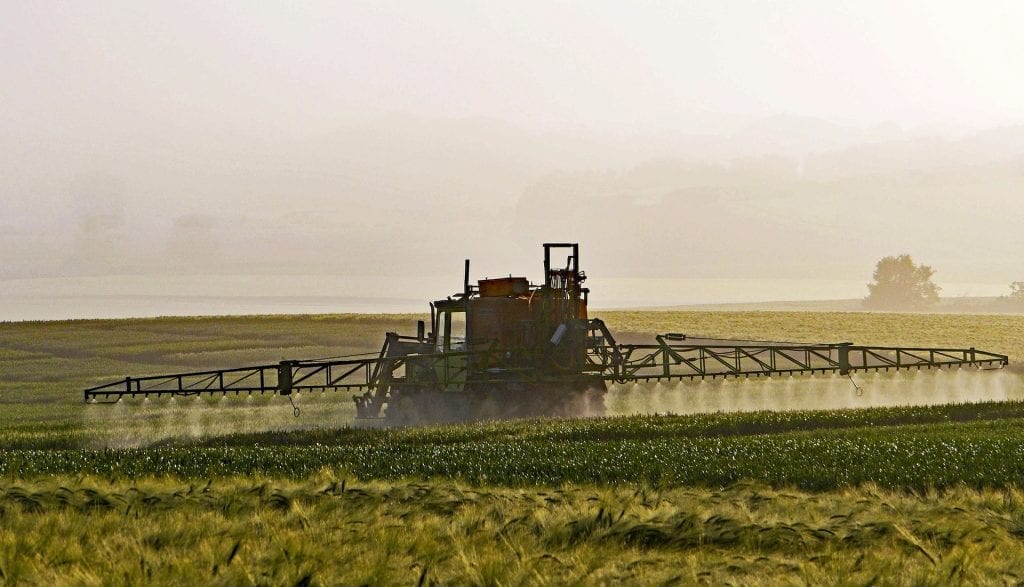No products in the cart.
Agriculture
Field pest control
Technology has also brought great advances in pest control. Currently, there are tools capable of guaranteeing crop quality and providing a pest-free environment more quickly and efficiently.
Every large crop faces problems with pests and making this control in the best way, without affecting plantations and soil quality proves to be a constant challenge for all farmers. The pest attack is responsible for an average annual loss of up to 7.7% of Brazilian agricultural production, causing injuries of around R $ 55 billion, according to a survey by the Brazilian Agricultural Research Corporation (Embrapa).
Do you know how to do proper pest control? How can technology help you? How is pest control done in precision agriculture? What is integrated pest control? How is biological pest control done? The following is an overview of the new techniques and technologies used to combat pests.
Find out what integrated pest control (IPM) is
Conventional pest control is based on routine pesticide applications, which are temporary and ineffective solutions in the long run, as they do not combat the causes of infestations.
In agricultural production, the focus is now on integrated pest control, or IPM, of the acronym in English. This type of control uses a variety of methods and techniques, including biological, cultural, and structural strategies to combat a plethora of pests.
A well-defined IPM strategy must be based on prevention, monitoring, and control. This type of control offers the opportunity to eliminate or drastically reduce the use of pesticides and minimize toxicity and exposure to any products that are harmful to health.
Understand how integrated pest control is done
Integrated pest control is based on six main fundamentals: monitoring, record keeping, levels of action, prevention, tactical criteria, and evaluation.
Monitoring consists of carrying out the regular site and trap inspections to determine the types and levels of pest infestation at each location. To make a more effective control, the producer must monitor the pest from the beginning, in the different cultures, and know its main biological characteristics.
Record keeping is a system that sets trends and patterns in pest outbreaks. The information recorded at each inspection or treatment includes pest identification, population size, distribution, recommendations for future prevention, and treatment action.
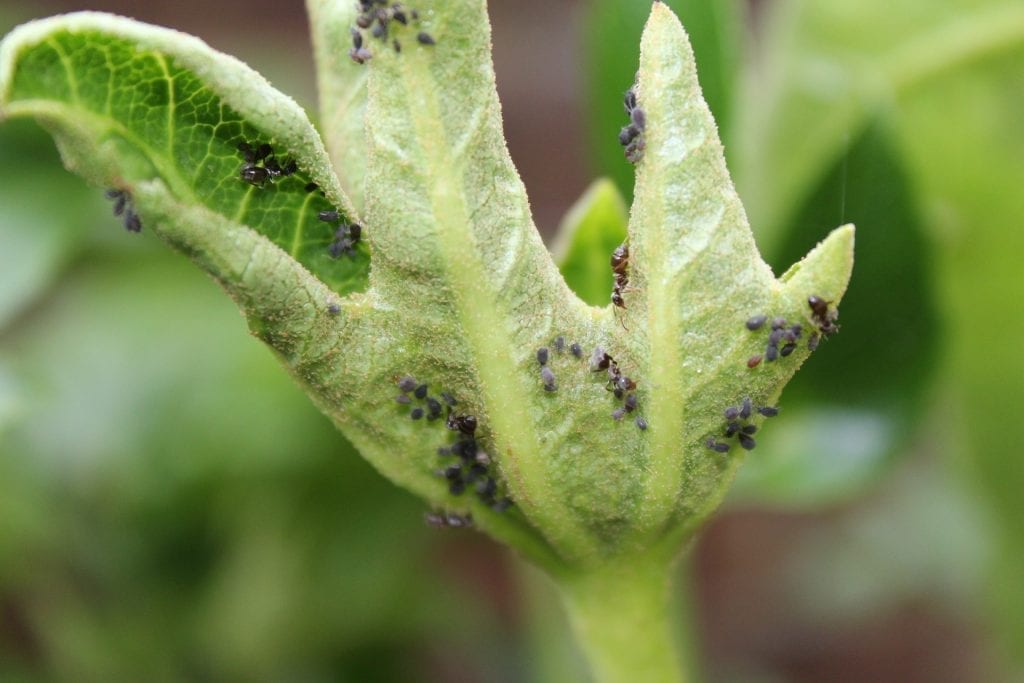
Action levels refer to the size of the pest population that requires corrective action for human health.
Prevention involves preventive measures that must be incorporated into existing structures and projects for new structures.
The tactical criteria refer to the choice of less toxic materials, which are used only as a last resort.
And the assessment is used to determine the success of pest management strategies.
Discover the different stages of pest control
The fight against pests begins with a good diagnosis of the farming situation, based on a survey of the condition of the crops on your property. After identifying the main pest, you should check its stage of development and assess the damage that is being caused in production. An agronomist or technician can assist in this evaluation process and indicate the best control strategy.
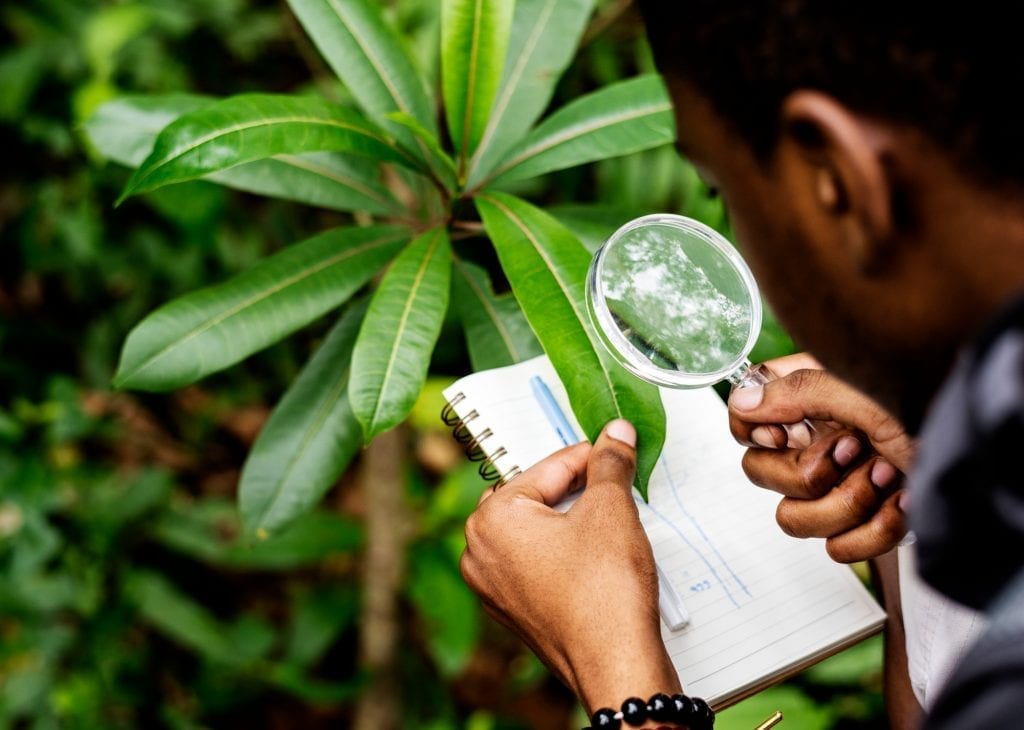
To define this strategy, it is necessary to take into account the entire production environment in which the crop is inserted, including what is the impact of this control on non-target insects, the times of application and the mode, the residual, or shock effect, among other factors.
After application, further checks by the agronomist are necessary to assess whether the control of these pests is efficient and whether productivity is not being impaired.
Learn how technology can help pest control
The technology used in pest control today has made this practice much easier and more effective. Integrated pest management has state-of-the-art resources capable of qualifying, quantifying, and monitoring insects. In precision agriculture, a study of the spatial distribution of pests is carried out, by using sampling techniques and quantification of economic damage, to develop an integrated pest control and management strategy.
An efficient strategy is to use pheromone traps with sensors spread throughout the plantation and are used to attract insects. Connected to electronic systems, the sensors collect data and send it to the internet. Then, the images are processed, the insects are identified and counted. According to the number of insects per square meter, the agronomist will be able to assess the need for the application of pesticides.
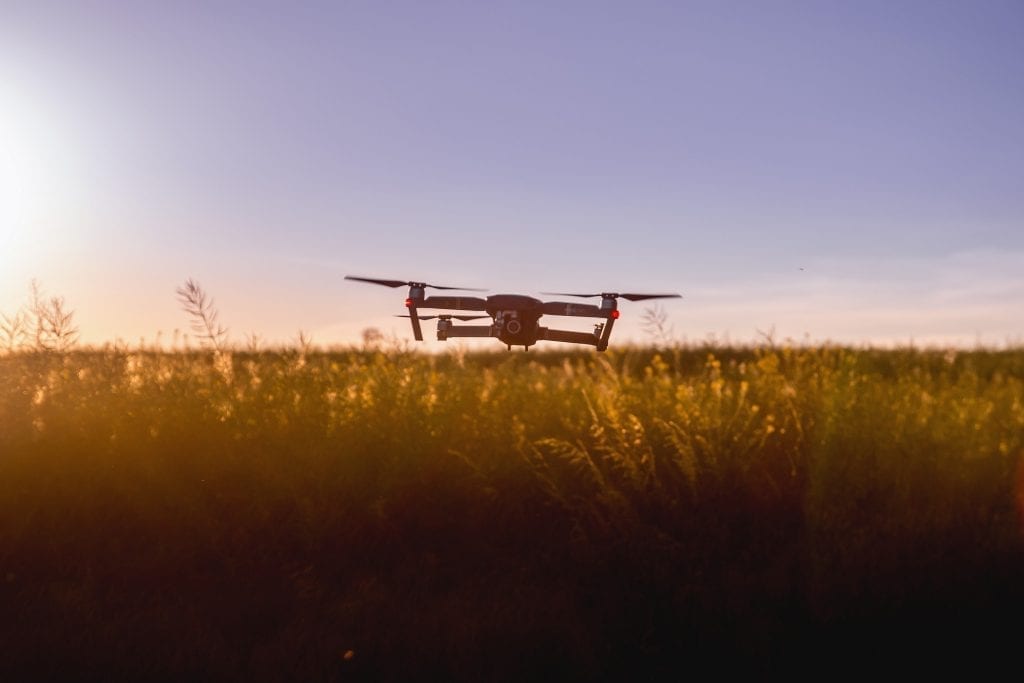
There are already smart traps that use machine learning technology and artificial intelligence to identify insects. However, they are still poorly accessible to the farmer.
In addition, the use of drones in agriculture has been helping in biological pest control. These devices allow flying over areas that humans would spend hours to traverse, making applications in a few minutes. Also, drones guarantee a more precise and assertive application of pesticides.
See how biological pest control is done
Brazil is the country that most uses pesticides in the world, consuming about 1 billion liters of pesticide each year. Although effective, pesticides can have serious long-term consequences, since pests create resistance to pesticides. Besides, they are bad for your health and can contaminate soil and water.
In search of greater efficiency in the control of pests and less aggressive products for humans and the environment, natural pesticides and biological products have been increasingly used in agriculture.
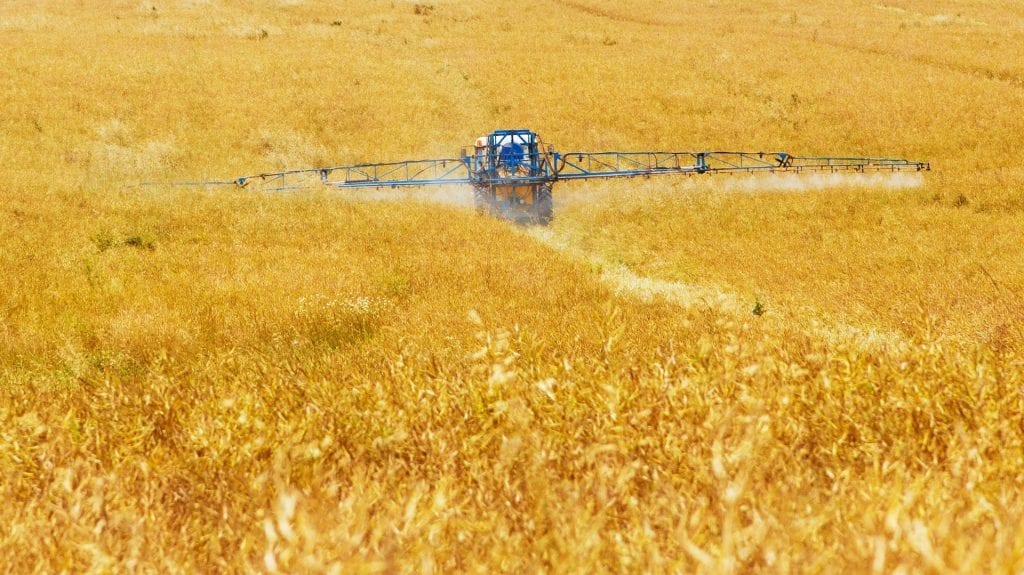
Biological pest control is widely used in agriculture to prevent the proliferation of parasites and without harming nature. In nature, every plant or animal has some other living organism that feeds on it, be it natural enemies, predators, parasites, or pathogens. These population control agents are called natural enemies.
Biological control can combat even the most resistant pests, avoiding food contamination, and reducing the exposure of farmers to pesticides. In addition, it reduces the risk of environmental pollution and does not affect soil quality.
To facilitate the identification of the natural enemies of the pests that attack crops, specialists from Embrapa Agrobiologia, in Rio de Janeiro, developed an application that provides images of the most common natural control agents, called the InNat Guide, which is free and available for download in the Google Play app store.
Know the types of biological pest control
Biological pest control can be divided into three types: natural, classic, and applied.
Natural control occurs naturally, using natural enemies, which are conserved and even increased to ensure the health of the plantations. In this case, the natural enemy does not need to be applied directly to fight the plague. However, care is required so that the species of the natural enemy used does not increase too much and damage the health of the plantations.
In turn, classic biological control consists of applying a natural enemy, usually imported from another country. These natural enemies are applied in a timely manner to control pests, generally requiring a long-term process.
The biological control applied also makes a specific application of the natural enemy, aiming to control the pest more immediately. The difference is that, in general, the organisms that act as natural enemies are multiplied in the laboratory, and this control is used inundated.
This type of control requires punctual use, carried out in specific pest areas. For example, insect bombs are used to stop plantations from proliferating.
As we have seen, new technologies and new management systems, such as precision farming, integrated pest control, and biological pest control, have enabled the reduction of pesticide use and made pest control more efficient, economical, and sustainable.


